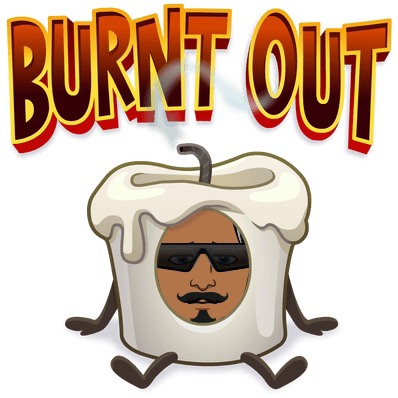community dentistry: OSHA guide lines

Certainly, when it comes to OSHA risk categories in relation to tasks, these categories help determine the level of hazard associated with specific work tasks or activities. Different tasks might involve different types of hazards, such as flammable gases, combustible dust, or ignitable fibers. OSHA risk categories provide a framework for assessing and addressing these hazards. Here's how the risk categories can relate to tasks: 1. **Task Assessment:** Before performing a task, employers should assess the potential hazards involved. They consider factors such as the type of material being used, the environment, and the nature of the task itself. 2. **Hazard Identification:** Based on the assessment, employers can determine whether the task involves flammable gases, combustible dust, or other hazardous materials. This helps in assigning the appropriate OSHA risk category. 3. **Precautions and Controls:** OSHA risk categories guide employers in implementing necessary prec...





